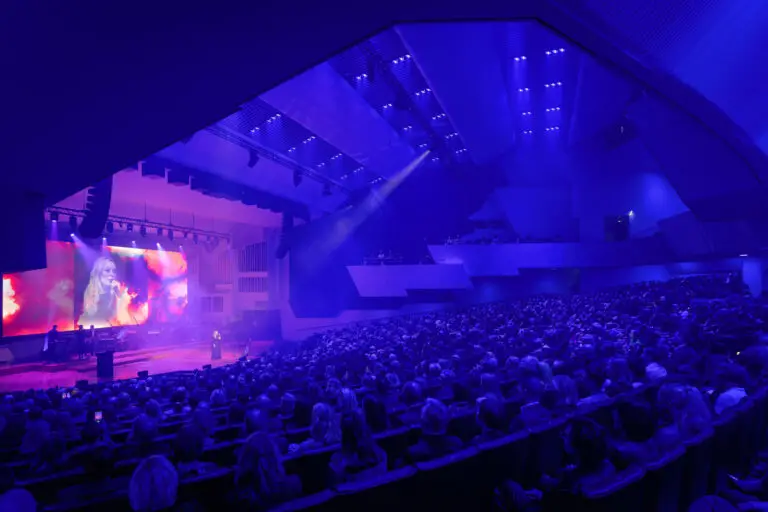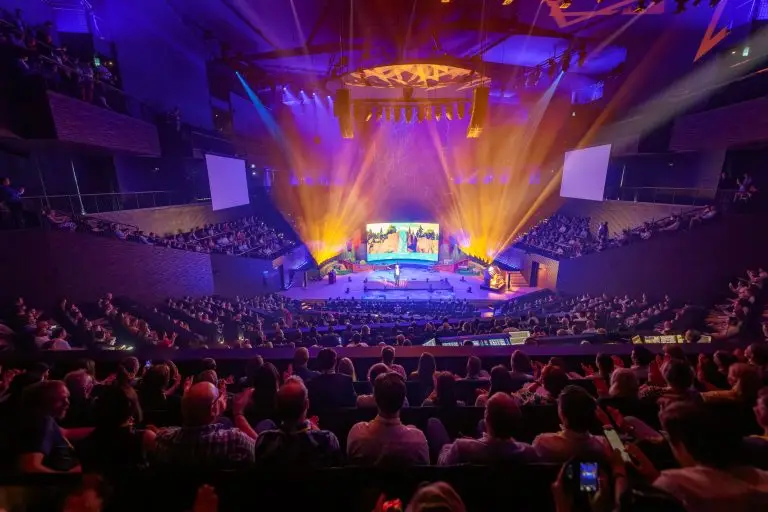Event marketing is one of the most efficient measures for impacting purchase behaviour, but the actual impact of the event is not always reflected in direct sales.
Events are a staple of every marketing tool kit. According to experience, events increase sales and have an impact on purchase decisions. Indeed, the impact and success of events is typically measured with direct sales and leads generated.
However, it would be more important to understand how the event moves the customer along the purchase path.
“B2B events play a particularly significant role in the making of purchase decisions. However, events do not generate sales by themselves. Rather, they serve as an important meeting point in the long-term process of influencing the customer”, says Woltti Group CEO Jyrki Aittola.
Influencing behaviour generates business advantage
According to a research report published by Harvard Business Review, 93 per cent of organisations prioritise events within their marketing efforts. More than half of the companies that responded to the survey in the US said that event marketing generates more business advantages than other marketing channels.
Measurement remains a challenge, however: demonstrating the impact of events is not as straightforward as, for example, with digital marketing measures. But this does not mean that the results are not there or can’t be measured. The business advantages generated by event marketing are manifold. In addition to calculating the ROI of the marketing measure, the realisation of benefits can be demonstrated with, for example, surveys addressed to the participants.
One of the strengths of events is that they evoke emotions, which help companies differentiate themselves, build awareness and communicate their values. Sharing information and teaching skills is also most efficient during an actual encounter facilitated by an event, in which the customers can try the products or skills out themselves. Events are also a great way to generate diverse content for sharing through other channels.
“Seminars typically feature the company’s customers speaking about how they have solved their business problems with the event organiser’s products or services. While potential customers get useful suggestions for solving their problems, they simultaneously hear about user experiences and examples of the applications of the products or services”, Jyrki Aittola says.
How could the results of event marketing be measured then?
According to Jyrki Aittola, measuring the success of an event with direct sales is not wrong, but it is also crucial to understand the other benefits obtained from the event.
“It is crucial to always seek to change behaviours in a way that promotes business. Building and consolidating relationships through encounters can have a major positive impact on business”, Aittola says.
According to the Harvard Business Review, the majority of companies measure the impact of events with metrics that demonstrate the impact of the marketing measures at the beginning of the purchase path. The most commonly used metrics include the number of participants, brand awareness and amount of event mentions in social media.
But the results can also be measured on a deeper level. When you start calculating the direct business impact of event marketing, it is essential to create a systematic model for measuring it.
“For example, Salesforce first uses its own CRM system and event marketing software to measure the business potential of conference participants. The value is based on the nature of the customers’ earlier encounters with Salesforce”, Aittola says.
Over the next 90 days, the event is linked in the CRM system to sales made to those companies that sent a representative to the event. Thus, Salesforce is able to monitor the impact of the event through closed deals and evaluate the ROI of the money invested in the event.
There is an expensive alternative to event marketing: sales!
Even though it is crucial to be able to demonstrate the significance of event marketing on the purchase path, positive purchase decisions are rarely the result of a single marketing measure.
“Several encounters with the brand and product or service are always required. For example, Salesforce has determined that they need from eight to ten encounters before the customer is prepared to make the purchase”, Jyrki Aittola says.
B2B fairs are a good example of an event whose success is typically measured with the leads generated. Such events also tend to attract the essential people like honey.
“As an alternative to the cost of exhibiting, you could calculate how much it would cost to send the salesmen out to meet those people”, Aittola points out.
Targeted events make people stop
When designing encounters along the purchase path that influence the customer’s purchase decision, events are in a league of their own in terms of impact. People actually attending the event are investing their own time in it and thus want to take everything they can from the encounter. If you can choose the invitees, holding an event is a targeted marketing measure in itself.
Events are also efficient because they are experienced with all of the senses. There is an active two-way interaction with the participants.
“At an event, the brand comes alive and customers can experience for themselves what it represents and how it works. It is sort of a 4D experience”, Aittola concludes.
It is telling that social media companies like Facebook and Yelp also invest in event marketing and believe in the power of face-to-face encounters.
Source: Harvard Business Review, The Event Marketing Evolution – An Era of Data, Technology, and Revenue Impact
Events are powerful encounters on your customer’s purchase path. Ask us for more information on making an impact. Contact us jyrki.aittola@wolttigroup.fi


